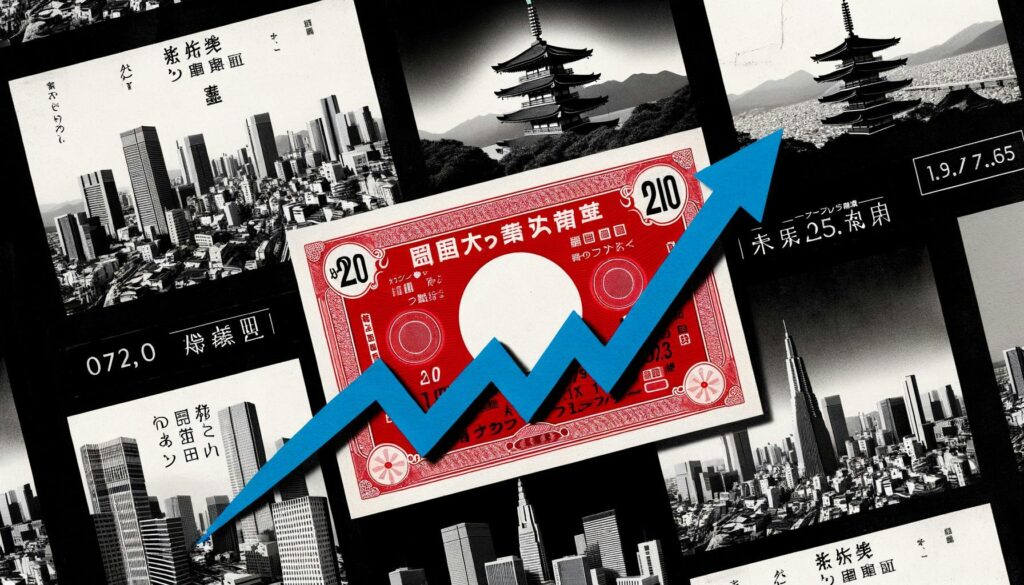What is going on here?
Investor enthusiasm for Japan’s latest 30-year government bond auction has reshaped Japan’s yield landscape, with yields creeping lower after a record auction.
What does this mean?
Japan’s 30-year government bond yield fell to 2.105% following strong investor demand in recent auctions. With yields reaching a peak of 2.135%, the auction attracted bids at 3.34 times the amount of the bonds offered, indicating solid interest, although slightly below the previous high. The decline in the auction tail from 0.2 points to 0.1 points highlighted the increase in demand. The move signals a strategic shift by Japanese banks, which could sell 20-year bonds in favor of higher-yielding five-year bonds. Meanwhile, the 5-year bond yield fell to 0.535% and the 20-year bond yield rose to 1.705%, revealing mixed market trends. Importantly, the 10-year Treasury yield, a benchmark influenced by US interest rate trends, settled at 0.925%, reflecting the impact on global markets and recent US employment data reflecting changes in expectations for rate cuts. That’s true.
Why should we care?
For the market: reading yield signals.
Investors are closely monitoring signals of economic stability and potential central bank action as Japanese government bond yields react to strong bidding demand and developments in U.S. Treasuries. These yield movements provide insight into market confidence and the direction of monetary policy.
The big picture: Global yields rest on a delicate balance.
Changes in Japan’s bond yields highlight their symbiotic relationship with global economic factors, such as rising U.S. bond yields in response to strong employment data. This international context highlights the interconnectedness of bond markets and suggests possible economic pathways around the world.



